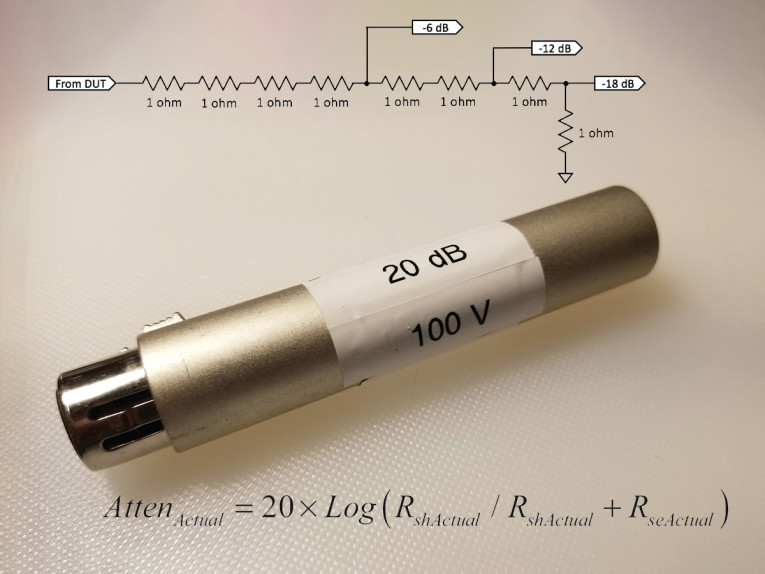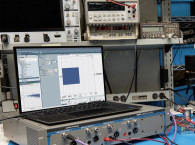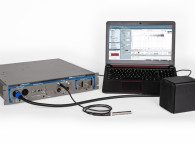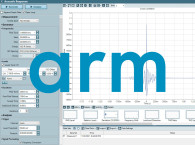In this article for audioXpress, Jonathan Novick explains why the use of external attenuators are an effective and cost-effective way to measure signals above the maximum input voltage of an audio analyzer. Novick explains why there needs to be some consideration of the topologies and different attributes offered by such components for audio noise measurements. He compares the impact different attenuators’ thermal noise will have on measurements of distortion. This article was originally published in audioXpress, March 2019.
In this article for audioXpress' Test and Measurement Focus edition, Jonathan Novick explains why the use of external attenuators are an effective and cost-effective way to measure signals above the maximum input voltage of an audio analyzer. Novick explains why there needs to be some consideration of the topologies and different attributes offered by such components for audio noise measurements. He compares the impact different attenuators’ thermal noise will have on measurements of distortion. "At low test voltages, the added thermal noise of the attenuator is of primary concern. At high test voltages, the heat dissipation in the external attenuator is of primary concern. For this reason, it can be handy to have multiple attenuators of similar attenuation but with different impedances on hand," he writes in the introduction.

This very handy guide explains how to design and select attenuators for higher voltages, including attenuator topologies, power handling and voltage ratings, resistor choices, and added measurement noise. It details all equations and calculation formulas for different values and provides practical guidance for different test scenarios. Finally the article includes a reference chart of calculations that are helpful in the design and use of external attenuators, including equations for design that allow users to determine the ideal resistor values based on test level and desired accuracy; and equations for determining the measurement accuracy based on actual resistor values, test level and distortion reading.
A spreadsheet with all the equations to calculate the attenuators is also available to download at:
www.audioxpress.com/page/audioXpress-Supplementary-Material.html
This article was originally published in audioXpress, March 2019.
Read the full article
now available online here.








